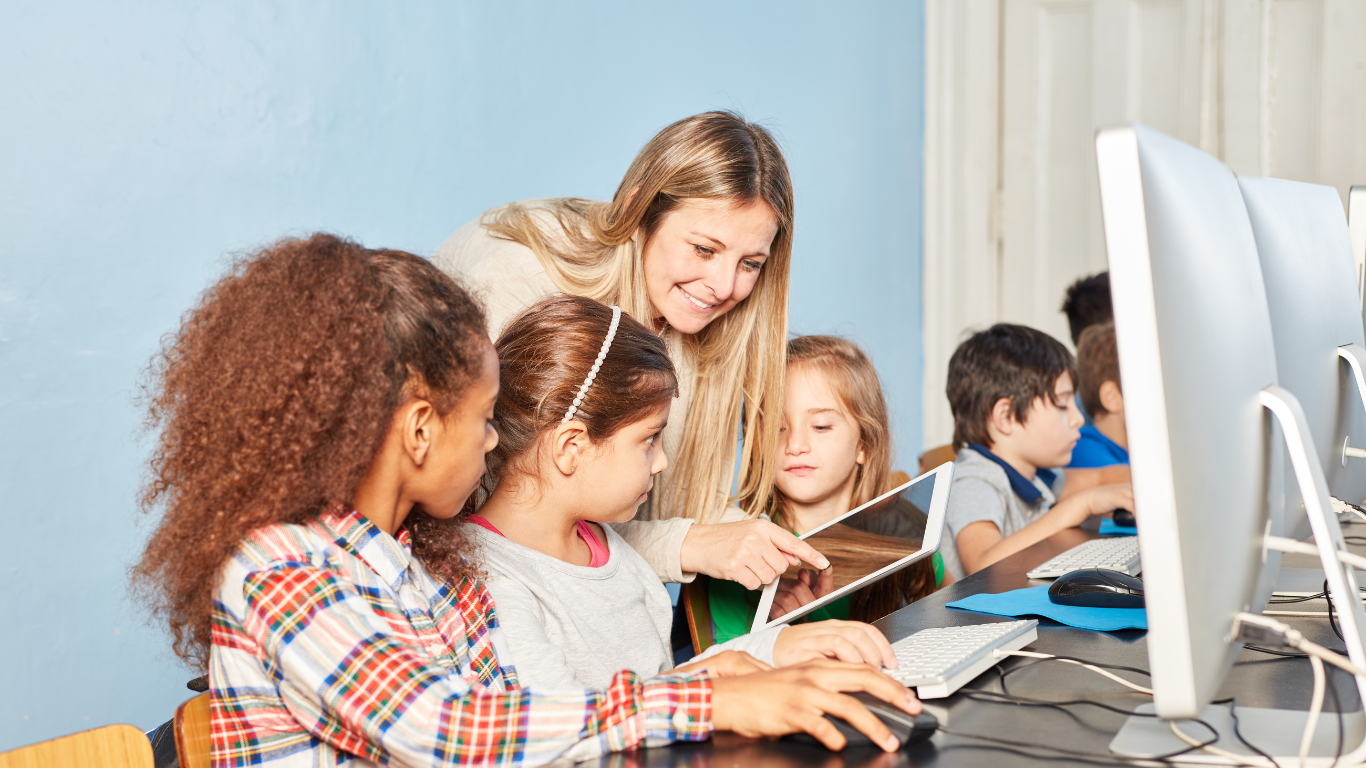The main mission of the media is to inform the population about current events. They play an important role in public opinion and contribute to the many debates we can have with friends, family members, colleagues, neighbors, etc.
Digital development has totally changed the media environment. Citizens have access to a multitude of information sources and platforms: television, social networks, the written press, radio, etc.
On the other side of the screen (or behind our newspaper), it is up to us, citizens, to keep our critical spirit in the face of the wave of information we receive every day from the media.
This leads us to two questions: is media education sufficiently present at school? Are students informed and equipped to form their own opinions?
Inform young people at school
The word “fake news” is not new. Unfortunately, we find them everywhere. It is for this reason that it is more essential than ever to make young people aware of the potential danger of the media from an early age. They must be able to identify the sources of information, identify if a video is faked and discover the media universe.
With the arrival of the Internet, new concerns have arisen. For some years now, the Council of Europe and the European Commission have been recommending that their member states introduce media education into the school curriculum.
The Higher Council for Media Education defines media education as follows: “Media education means making each individual capable of understanding the situation in which he finds himself when he is the recipient but also the producer of media messages. It is to make him able to be a reader, a listener, a spectator, an Internet user, an active “gamer”. It is to make him capable of appropriating a maximum of original information from any media material. [1] Still according to the Superior Council for Media Education: “The messages sent by and through the media are neither neutral nor innocent. They use a particular language, specific technological means, characteristic of each type of media. They aim for objectives and a given target. » [1]
The Wallonia-Brussels Federation and UNESCO also believe that it is essential to sharpen the critical spirit of young people. This would involve courses during which children can learn to sort, select, and keep relevant information, and avoid “fake news”. Of course, these courses require technological means and tools. Not all schools are lucky enough to provide their students with such tools. Although many schools have started a transition to digital, the Covid-19 pandemic has also shown the difficulties that schools were and are facing.
An impact on society
Media and information literacy will have a direct and positive consequence in the life of the citizen and especially for society. His critical sense will allow him to make the best choices in his daily life. Financial and technical support is therefore crucial, on the one hand, for equal opportunities and, on the other hand, for the future of our society.
Sources :
[1] Conseil Supérieur de l’Education aux Médias. « L’éducation aux médias en 10 questions ». Fédération Wallonie-Bruxelles. Available HERE[2] RTBF (2021). « Enseignement et numérique : “On peut dire qu’on vient de très loin…” et les avancées se font en ordre dispersé ». Available HERE
[3] Réseau d’information pour la réussite scolaire. « Quel est le rôle des médias en éducation ? ». Available HERE
[4] Inseraction (2015). « L’éducation aux médias, c’est quoi ? ». Available HERE
[5] The Conversation. « L’éducation aux médias, une nécessité ? ». Available HERE
[6] UNESCO. « Education aux médias et à l’information ». Available HERE
[7] Vie publique. « L’éducation aux médias et à l’information (EMI) face aux défis du numérique ». Available HERE


